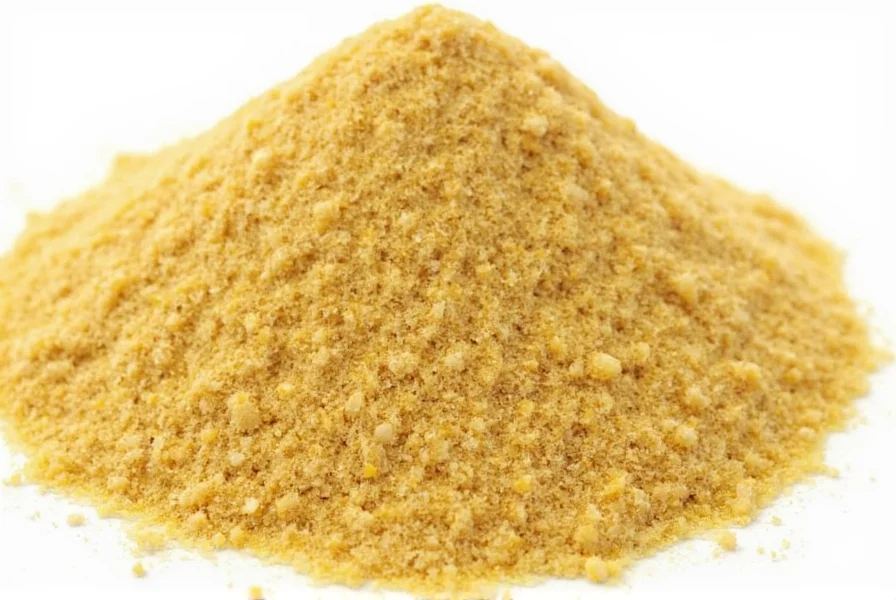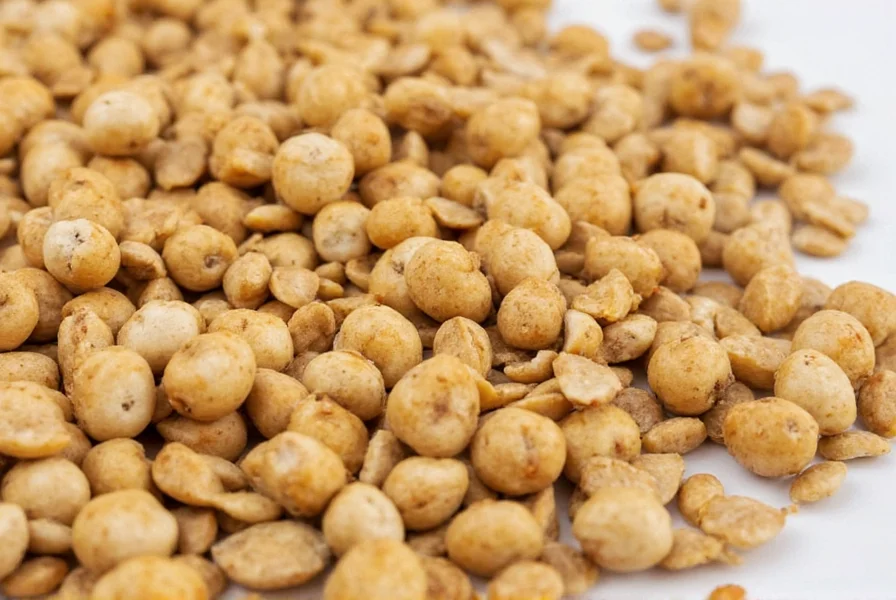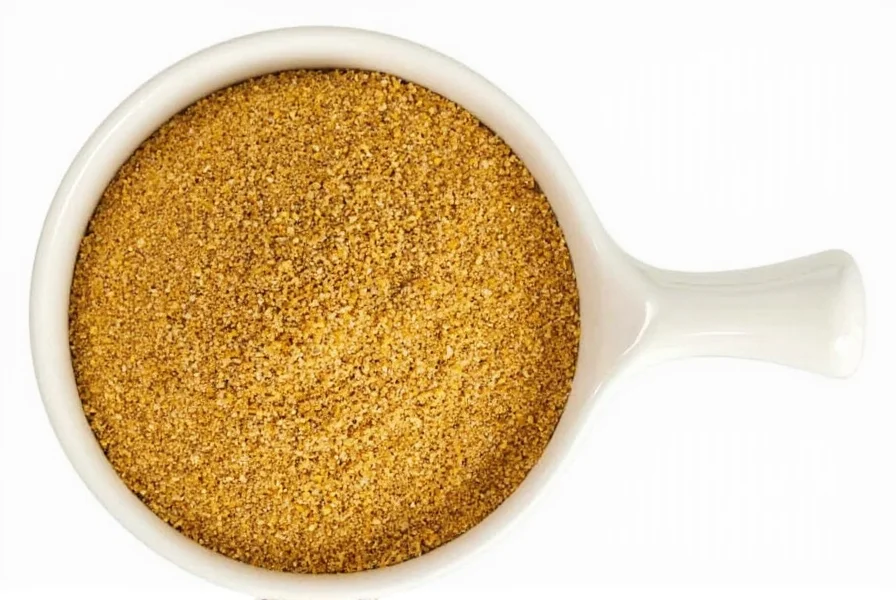Fenugreek's unique taste makes it one of the most recognizable yet challenging spices to describe accurately. This ancient culinary ingredient, used for thousands of years across Middle Eastern, Indian, and Mediterranean cuisines, possesses a complex flavor that defies simple categorization. Understanding what does fenugreek taste like requires examining both its primary characteristics and how these transform during cooking.
The Primary Flavor Profile of Fenugreek Seeds
Raw fenugreek seeds present an intense bitter quality that can be off-putting to first-time users. This bitterness comes from saponins and other compounds that mellow dramatically when exposed to heat. When properly toasted, the seeds develop:
- A pronounced maple-like sweetness (due to sotolon, the same compound in real maple syrup)
- Earthy, celery-like undertones
- Subtle burnt sugar or caramel notes
- A lingering, pleasant bitterness that balances sweetness
The transformation from raw to cooked fenugreek demonstrates why how to reduce fenugreek bitterness is such a common culinary question. Toasting seeds in a dry pan for 2-3 minutes before grinding dramatically improves their flavor profile, making them more versatile in recipes.
| Fenugreek Form | Primary Taste Characteristics | Best Culinary Applications |
|---|---|---|
| Raw seeds | Intensely bitter, slightly medicinal | Rarely used raw; requires processing |
| Toasted seeds | Maple-like, nutty, complex bitter-sweet | Curry blends, pickles, spice rubs |
| Fresh leaves (methi) | Mildly bitter, herbaceous, slightly sweet | Parathas, dals, vegetable dishes |
| Dried leaves (kasuri methi) | Concentrated bitter-sweet, earthy | Finishing touch for curries and sauces |
Fresh vs. Dried Fenugreek: Understanding the Taste Differences
Many home cooks wonder does fenugreek taste different in various forms. The answer is a definitive yes. Fresh fenugreek leaves (commonly called methi in Indian cuisine) offer a much milder experience than the seeds. They provide:
- A delicate bitterness reminiscent of spinach or mustard greens
- Subtle sweet notes that become more pronounced when cooked
- An aromatic quality that enhances vegetable dishes without overwhelming them
Dried fenugreek leaves (kasuri methi) concentrate these flavors, delivering a more intense but still approachable bitterness that works beautifully as a finishing touch in creamy curries and sauces. This distinction explains why fenugreek seed flavor profile differs significantly from fresh leaf applications.

Culinary Applications Based on Flavor Characteristics
The unique how to describe fenugreek taste profile makes it invaluable in specific culinary contexts. Its bitter-sweet complexity serves several important functions in cooking:
- Balancing rich, fatty dishes (common in North Indian cuisine)
- Adding depth to vegetarian and vegan recipes as a natural umami source
- Creating authentic curry flavors when combined with other spices
- Providing the distinctive taste in commercial maple flavorings (sotolon)
When using fenugreek seeds, remember that a little goes a long way. Most recipes call for just 1/4 to 1/2 teaspoon of ground fenugreek per serving. Overuse creates an unpleasantly bitter dish that's difficult to rescue. This sensitivity explains why many cooks search for how to reduce fenugreek bitterness after accidentally adding too much.
Common Misconceptions About Fenugreek Flavor
Several myths persist about fenugreek's taste that deserve clarification:
- "Fenugreek tastes exactly like maple syrup" - While they share sotolon, real maple syrup has additional complex sugars and flavors that fenugreek lacks
- "All fenugreek is overwhelmingly bitter" - Properly prepared fenugreek offers a balanced bitter-sweet profile
- "Fresh and dried fenugreek taste identical" - Fresh leaves provide milder, more herbaceous notes compared to the concentrated bitterness of dried leaves
Understanding these distinctions helps cooks use fenugreek more effectively. The spice's reputation for being difficult stems largely from improper preparation rather than inherent flaws in its fenugreek vs maple syrup taste characteristics.

Practical Tips for Working With Fenugreek
Maximize fenugreek's flavor potential with these evidence-based techniques:
- Toast seeds before grinding: Heat in a dry pan over medium heat for 2-3 minutes until fragrant and slightly darker
- Use fresh leaves early in cooking: Add methi leaves during the cooking process to mellow their bitterness
- Add dried leaves at the end: Crumble kasuri methi into dishes just before serving to preserve their aromatic qualities
- Balance with sweet elements: Counteract bitterness with small amounts of sugar, tomatoes, or tamarind
- Start with less: You can always add more fenugreek, but you can't remove it once incorporated
Professional chefs specializing in Indian and Middle Eastern cuisines emphasize that mastering fenugreek's culinary uses of fenugreek based on flavor transforms ordinary dishes into authentic culinary experiences. The key lies in understanding how heat and combination with other ingredients modify its distinctive taste profile.
Frequently Asked Questions
What does fenugreek taste like compared to other spices?
Fenugreek has a unique bitter-sweet profile with prominent maple and celery notes. It's more complex than cumin (earthy) or coriander (citrusy), sharing some similarities with mustard seeds but with distinctive sweet undertones from sotolon compounds.
Why does fenugreek taste bitter and how can I reduce it?
Fenugreek's bitterness comes from natural compounds called saponins. To reduce bitterness: 1) Always toast seeds before use 2) Use in proper proportions (¼-½ tsp per serving) 3) Balance with sweet elements like tomatoes or a pinch of sugar 4) Combine with fats which help mellow the bitter compounds.
Does fresh fenugreek taste different from dried fenugreek?
Yes, fresh fenugreek leaves (methi) have a milder, more herbaceous flavor with subtle bitterness, while dried fenugreek leaves (kasuri methi) offer a more concentrated bitter-sweet profile. Fenugreek seeds in raw form are intensely bitter but develop complex maple-like notes when toasted.
Can fenugreek taste like maple syrup?
Yes, fenugreek contains sotolon, the same compound responsible for maple syrup's characteristic flavor. However, fenugreek has additional bitter and earthy notes that pure maple syrup lacks, creating a more complex flavor profile that's maple-like but distinctly different.











 浙公网安备
33010002000092号
浙公网安备
33010002000092号 浙B2-20120091-4
浙B2-20120091-4